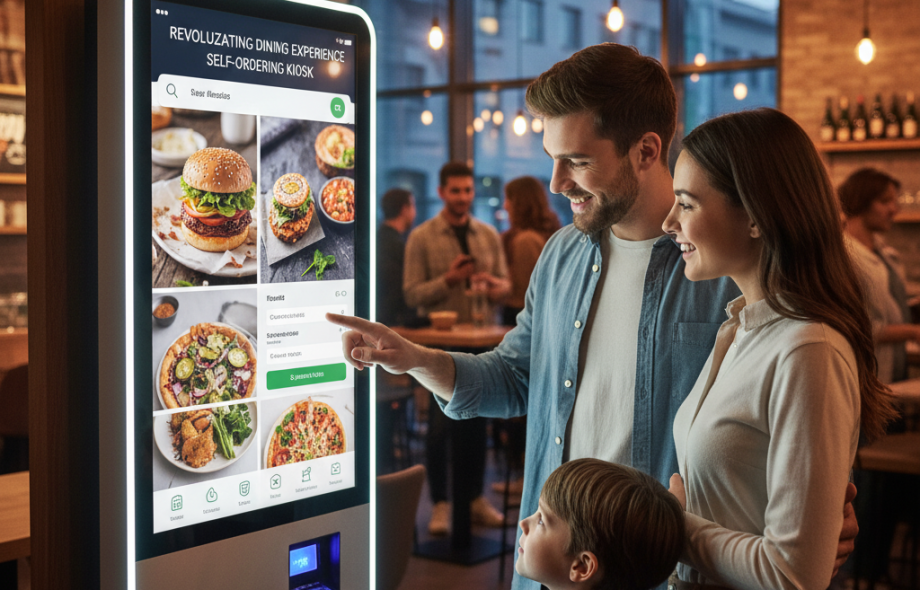In the age of technology, the way we dine at restaurants is undergoing a major transformation with the introduction of self-ordering kiosks. These interactive touch-screen devices allow customers to browse menus, customize their orders, and make payments without the need for direct interaction with waitstaff. This trend is not only streamlining the ordering process but also enhancing the overall dining experience for both customers and restaurant owners.
One of the key benefits of self-ordering kiosks is the efficiency they bring to the ordering process. Customers can take their time browsing through the menu, selecting their desired items, and making modifications to suit their preferences. This eliminates the pressure of having to hurriedly place an order with a server and allows for a more personalized dining experience. Additionally, self-ordering kiosks reduce the likelihood of human errors in taking down orders, ensuring higher accuracy and customer satisfaction.
Another advantage of self-ordering kiosks is their potential to increase revenue for restaurants. By providing customers with visual aids like images and descriptions of menu items, kiosks can tempt diners to explore new dishes or add extra items to their orders. Moreover, the convenience of being able to split bills, make special requests, and pay using various digital payment options can significantly improve the efficiency of transactions and decrease wait times, leading to higher table turnover rates.
From the perspective of restaurant owners, self-ordering kiosks offer valuable insights into customer preferences and ordering patterns. The data collected from these devices can help restaurants analyze trends, optimize menu offerings, and make informed business decisions. By leveraging analytics from self-ordering kiosks, restaurants can tailor their marketing strategies, improve operational efficiency, and ultimately enhance the overall profitability of their establishments.
Despite the numerous benefits of self-ordering kiosks, there are some challenges that come with their implementation. One common concern is the potential impact on traditional service roles, as some fear that automated ordering systems could lead to job displacement for waitstaff. However, many advocates argue that self-ordering kiosks can complement existing staff by allowing them to focus on providing more personalized customer service and attending to other crucial tasks within the restaurant.
In conclusion, the rise of self-ordering kiosks in restaurants represents a significant shift towards digital innovation and improved customer experiences. As the technology continues to evolve and become more widespread, it is essential for restaurant owners to embrace this trend and leverage the benefits it offers in terms of efficiency, revenue generation, and data-driven decision-making.
 :
https://www.pinterest.com/xceltec0192/
:
https://www.pinterest.com/xceltec0192/












